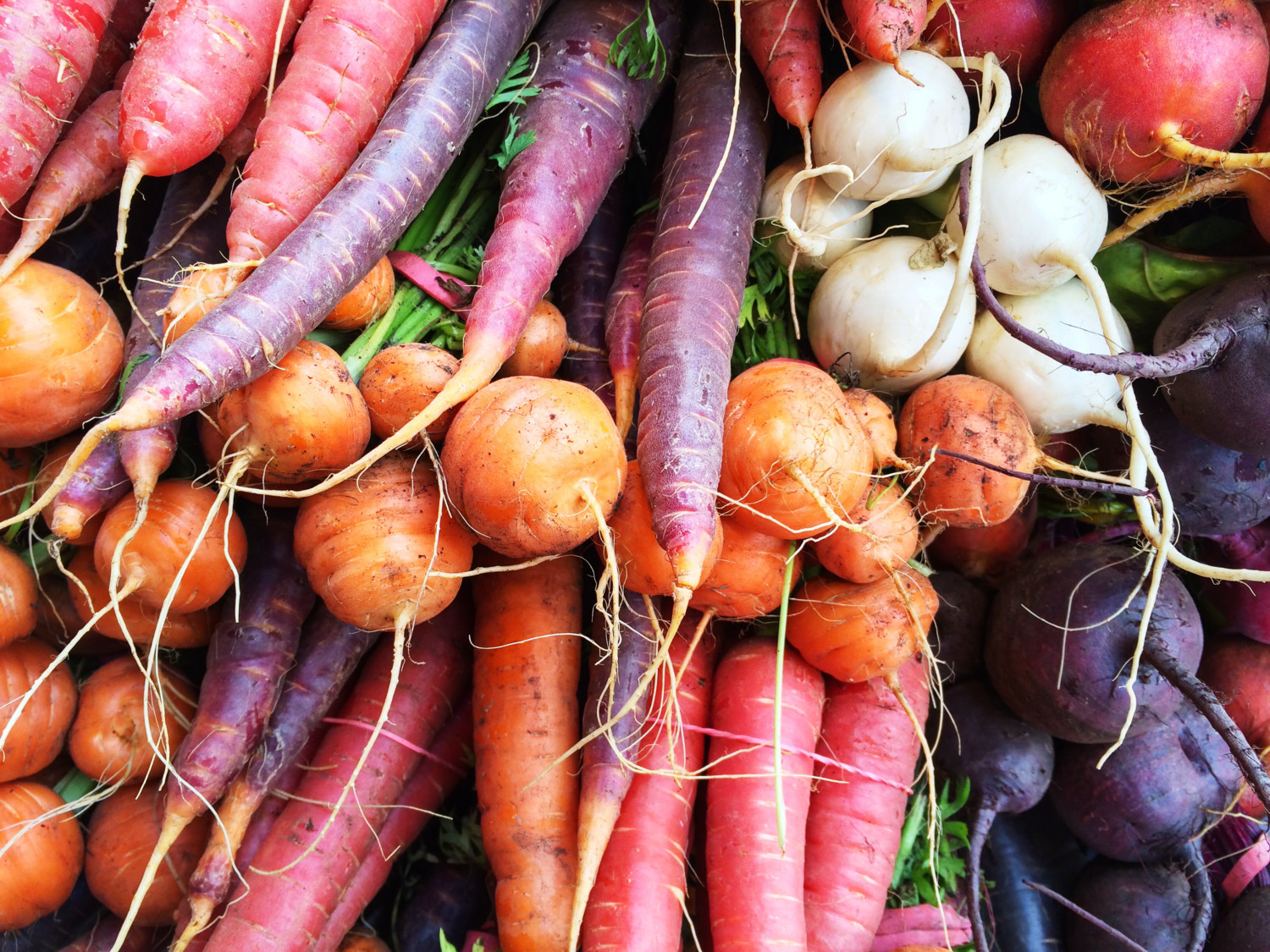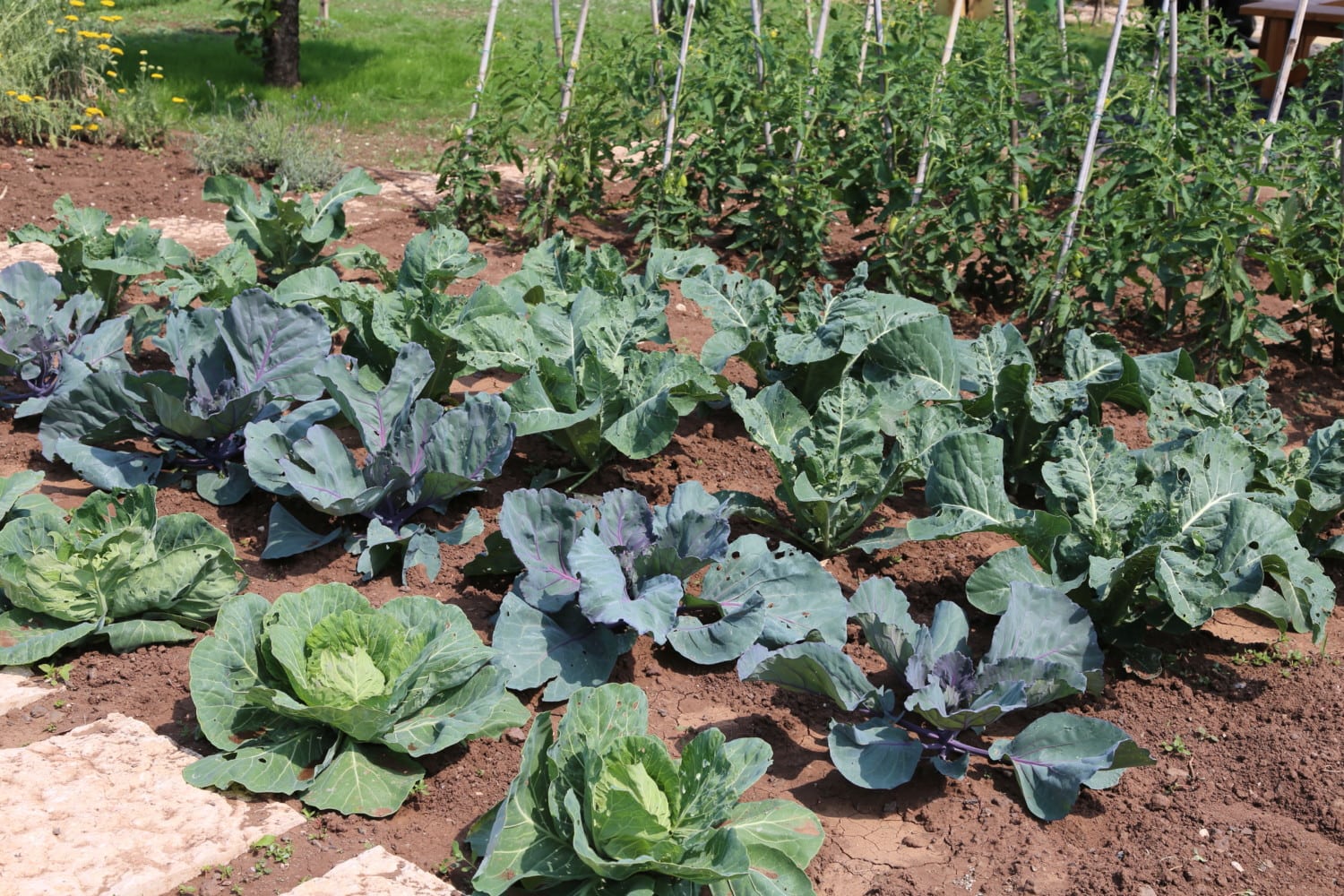Growing a vegetable garden does more than providing you with fresh, affordable produce. Gardening can boost your vitamin D levels, lower your risk of dementia and even fight stress. If you are itching to try tending your own little patch but think you missed out this year, think again. Many delicious, nutrient-rich veggies can be planted now to enjoy come autumn. Although planting dates might vary depending on where you live, check out some of the best options for a fall garden.
Beans And Peas
Legumes, such as sugar snap peas and pole beans, are a favorite for many summertime gardeners because they are easy to grow and enjoyed by the whole family. They are also ideal companions, as you can use one trellis with the peas on the north or east side and plant beans on the opposite side. The beans will provide shade to the slightly sensitive pea plants. Although peas are often considered a spring veggie, you can plant them in late summer or even early fall, as well. Just make sure to allow eight weeks or so before your first predicted fall frost date.
Carrots And Other Root Vegetables
You can plant many root veggies such as carrots, beets, turnips and radishes as late as August for a successful fall harvest. While good soil is vital for all gardens, prepping the ground is especially important for root vegetables that cannot grow properly if rocks, stones or clumps of dirt are in their way. Loosening the soil and adding mulch will go a long way.

Okra
This southern favorite is not afraid of the summer heat. Okra is a hardy, drought-tolerant vegetable that you can plant a few months before the first frost for an abundant autumn harvest. Work the soil 8 to 10 inches deep before planting and water the plants every 7 to 10 days.
Leafy Greens
Spinach, cabbage and leaf lettuce love the shadier days of fall, so planting them between the end of July and the beginning of September will give you many nutritious and delicious homegrown salads come autumn. Kale, collard greens and Swiss chard are other leafy greens you might opt to include.

Cucumbers And Squash
Cucurbits, such as squash and melons, are warm-weather plants. Most require a long and warm growing season and should be planted early in the spring, but cukes and summer squash will spring up in a much shorter period and can be planted later. If you want your own pumpkin patch in time for Halloween and live in a relatively warm area, try to plant by the end of July — otherwise, you’re cutting it too close, as they need 75-100 frost-free days to mature. However, you may still be able to use your pumpkin for Thanksgiving pies!
Broccoli And Cauliflower
These cruciferous veggies can be planted mid-summer for a beautiful fall crop. You will likely have better results if you start the plants indoors early in July, but you can start them as late as the beginning of August, provided you don’t expect frost in your area before November.
To find out more about frost dates in your region, check out the Old Farmer’s Almanac frost dates calculator. Then, go get your hands dirty. You’ll reap so many tasty rewards before you know it!
This story originally appeared on Simplemost. Checkout Simplemost for additional stories.


